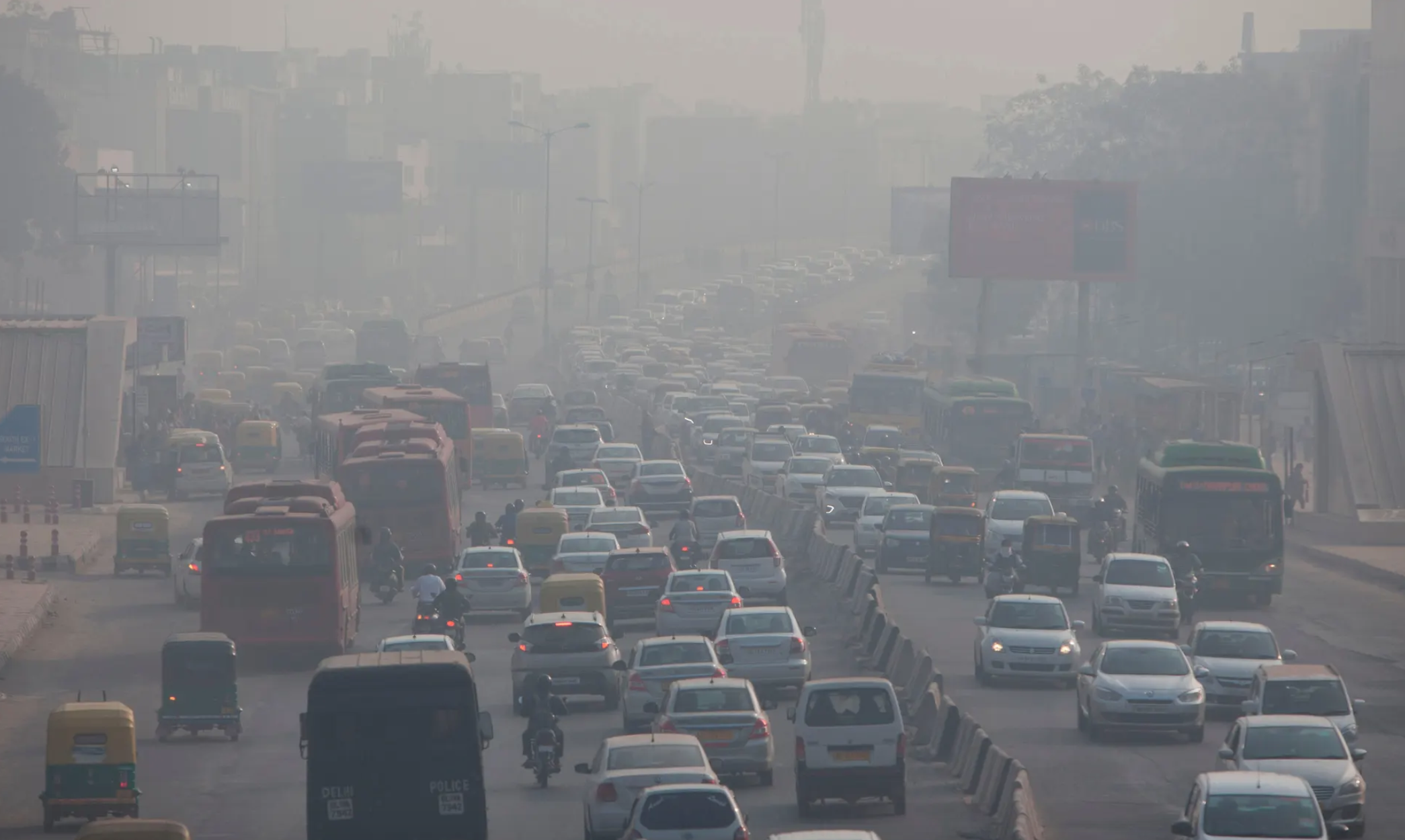Sleepless.
A Quantified Monologue
Living an upside-down life during the pandemic and virtually studying from a timezone afar is a physical and mental challenge. This booklet is a data journal designed to deconstruct the invisible factors of sleep and provoke discourses of the relationship between wellbeing and its social responsibility.
Methodology
-
Experimentation
With the help of a sleep-tracking App called [Sleep Cycle], I have collected sleep data and documented my nights throughout November 2020. I’ve discovered that living a “double life” leads to irregular sleep hours, and cellphone distractions crowd the day even more.

-
Visualization
Quantity, quality, and regularity are the three primary sleep quantification measurements. My sleep regularity has been interrupted by night schedules during the week, and the amount has followed it to fluctuate. My sleep pattern is compared with some disturbing factors.

-
Speculation
To raise the awareness of the importance of sleep and address inadequate sleep as a social problem, I propose a few speculative ideas to project the damage of less sleep and the social side of wellbeing. They are deliberately designed to be bizarre and argumentative.

Speculation:
The Uncomfortable Home
-

Eye Vision Problems Over Time
-

Chronic Memory Loss
-

Ever-Present Productivity Issue
-

Mirror blurs according to data if lack of sleep.
You may experience eye twitches or spasms when you have not had enough sleep. The bathroom mirror links to the user’s sleep data, and when you don’t sleep enough, the mirror will become blurry to warn people of the effects of chronic sleep deprivation on their eyesight over time.
-

Words disappear according to data if lack of sleep.
The e-book can read the user’s sleep data, and the text will disappear from the screen when sleep lacks to warn people that long-term sleep deprivation will cause damage to the memory.
-

Screen glitches according to data if lack of sleep.
Sacrificing sleep could also mean sacrificing productivity. Not only do you lose focus, but over time, you could develop serious impairments to your productivity. The screen glitches when detecting inadequate sleep based on the user’s data to warn you of the connection between sleep and productivity.

Even though climate change is a reality, many feel it is a distant and abstract problem.
Smokey Grey
Tea derives its wide range of flavor profiles from the multi-step production process of tea leaves and is affected by its grown region. Heavily polluted air jeopardizes the safety of the entire production of tea starting from the source. Consequently, people drink poisonous substances along with tea.
Smokey Grey (vs. Earl Grey) has a taste of haze/smoke and flavor of toxic air. It is to show tangible proof of global warming and air pollution with a gustatory perception. (And deliberately to hurt the feelings of the audience by articulating distortion of their most-liked drink.)


